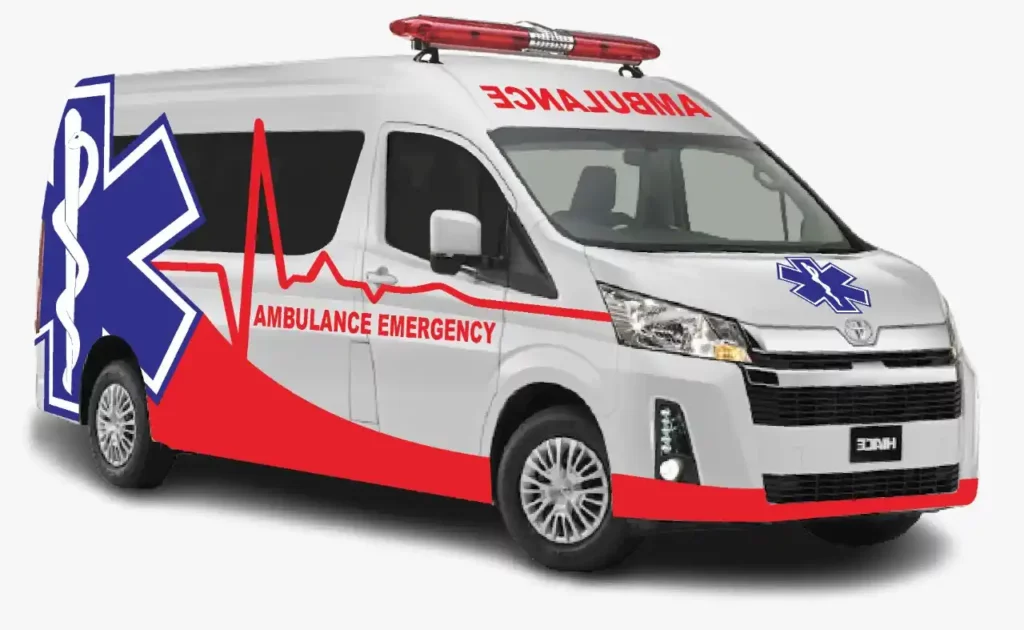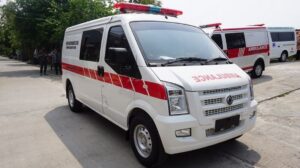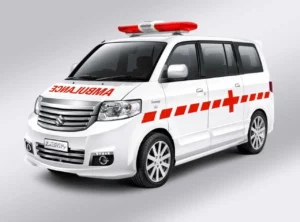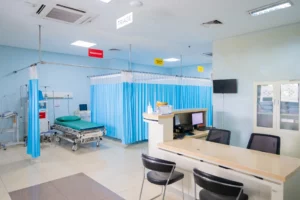
When you think of a tropical paradise, the Gili Islands often come to mind. With their stunning beaches, crystal-clear waters, and vibrant marine life, these islands are a haven for tourists seeking relaxation and adventure. However, amidst the beauty and tranquility, there lies an essential service that ensures the safety and well-being of both residents and visitors: the ambulance Gili. In this article, we will explore the significance of ambulance services in the Gili Islands, the challenges they face, and how they contribute to the overall health and safety of the community.
The Importance of Ambulance Services in Gili
The Gili Islands, comprising Gili Trawangan, Gili Meno, and Gili Air, are small but bustling with activity. With a growing number of tourists flocking to these islands each year, the demand for reliable medical services has never been higher. The ambulance Gili plays a crucial role in providing immediate medical assistance, ensuring that anyone in need receives timely care.
Emergency Response
In emergencies, every second counts. The ambulance Gili is equipped to respond quickly to various medical situations, from accidents and injuries to sudden illnesses. The presence of a dedicated ambulance service means that residents and tourists alike can feel secure knowing that help is just a call away. This is particularly important in a location where access to advanced medical facilities may be limited.
Transporting Patients
One of the primary functions of the ambulance Gili is to transport patients to medical facilities. While the Gili Islands have local clinics, more serious medical conditions often require transfer to hospitals on the mainland of Lombok or Bali. The ambulance service ensures that patients are transported safely and efficiently, minimizing the risk of complications during transit.
Challenges Faced by Ambulance Services
While the ambulance Gili is a vital service, it is not without its challenges. The unique geography of the Gili Islands presents several obstacles that can complicate emergency response efforts.
Limited Infrastructure
The Gili Islands are relatively small and lack the extensive road networks found in larger cities. This can make it difficult for ambulances to navigate quickly, especially during peak tourist seasons when the islands are crowded. Additionally, the absence of a centralized hospital on the islands means that ambulances must often travel longer distances to reach appropriate medical facilities.
Accessibility
Accessing certain areas of the islands can be challenging, particularly in remote locations or during adverse weather conditions. The ambulance Gili must be prepared to handle these situations, which may require creative problem-solving and adaptability from the medical staff.
Staffing and Resources
Like many emergency services, the ambulance Gili faces challenges related to staffing and resources. Ensuring that there are enough trained personnel available to respond to emergencies is crucial. Additionally, maintaining and equipping ambulances with the necessary medical supplies and technology is essential for providing high-quality care.
The Role of Community Awareness
Community awareness plays a significant role in the effectiveness of ambulance services. Educating residents and tourists about when to call for an ambulance and what to expect during an emergency can help streamline the process and ensure that help arrives as quickly as possible.
First Aid Training
Offering first aid training to locals and tourists can empower individuals to respond effectively in emergencies. Knowing basic first aid techniques can make a significant difference while waiting for an ambulance to arrive. This training can also foster a sense of community responsibility, encouraging individuals to look out for one another.
Promoting the Service
Raising awareness about the ambulance Gili service is essential for ensuring that people know how to access it. This can be achieved through social media campaigns, informational brochures, and community events. The more people understand the importance of the service, the more likely they are to utilize it when needed.
The Future of Ambulance Services in Gili
As tourism continues to grow in the Gili Islands, the demand for ambulance services will likely increase. To meet this demand, it is essential to invest in the future of ambulance Gili. This can include:
Upgrading Equipment
Investing in modern ambulances equipped with advanced medical technology can enhance the quality of care provided. This includes life-saving equipment, communication devices, and comfortable transport options for patients.
Training and Development
Continuous training for ambulance staff is crucial to ensure they are equipped to handle a wide range of medical emergencies. This can include regular drills, workshops, and partnerships with medical institutions for advanced training.
Collaboration with Local Authorities
Building strong relationships with local authorities and healthcare providers can help streamline emergency response efforts. Collaboration can lead to improved communication, resource sharing, and a more coordinated approach to healthcare on the islands.
The ambulance Gili is more than just a means of transportation; it is a lifeline for the residents and visitors of the Gili Islands. As the islands continue to attract tourists from around the world, the importance of reliable emergency services cannot be overstated. By addressing the challenges faced by ambulance services and investing in their future, we can ensure that the Gili Islands remain a safe and welcoming destination for all. Whether you are a local or a traveler, knowing that an ambulance is ready to respond in times of need allows everyone to enjoy the beauty and adventure that these islands have to offer.



